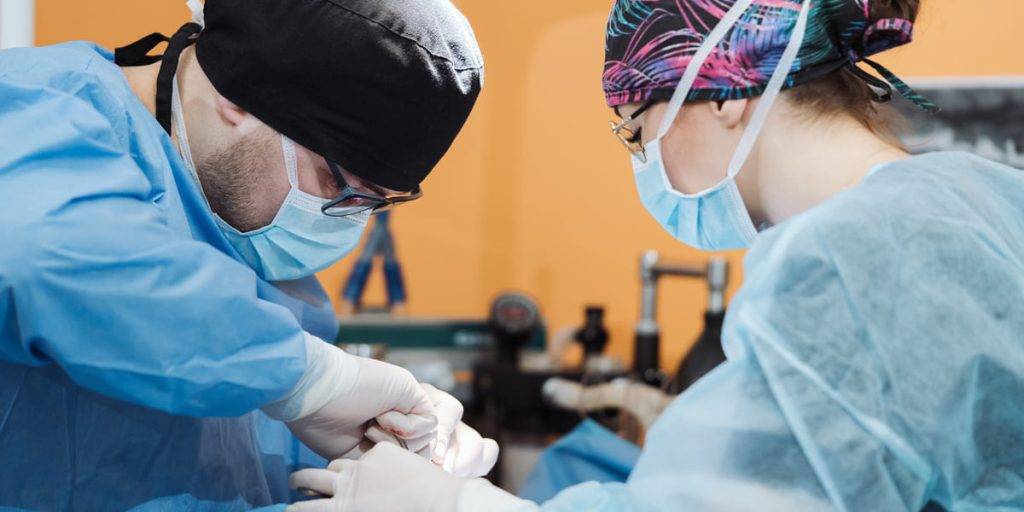An overview of medical device classification
The medical device industry is one of the markets with the most regulations and agencies driving high-quality products. This blog is an introduction and guide on classifying medical devices to expand knowledge about this complex market.
Although in general terms, Class I, II, and III medical devices are considered “regulated medical devices” these three types go through different quality, regulatory, and oversight processes, depending on their complexity and intended use.
In the United States, medical devices are regulated by the Food and Drug Administration (FDA). This federal agency uses a risk-based classification system to determine the regulatory requirements for each type of product. Class II and III devices are considered higher risk and subject to stricter regulatory controls.
Understanding the differences between these two medical device categories is essential to ensure global compliance with all medical device-related regulations.
What are Class II and Class III devices?
Complex medical devices are sophisticated products used in medical procedures commonly used in diagnosing and treating health.
Complex medical devices are among the different products generated in this industry. Due to the risk and intrusion they represent for the patient, they are considered high-risk and are subject to stricter regulations.
Characteristics of Class II medical devices
Class II medical devices have specific characteristics that define them as moderate-risk products, which implies a strict level of regulatory control to ensure their efficacy and patient safety.
This control involves general aspects such as manufacturing, labeling, and user testing. These products may be more complex in their design and use than Class I products and may require additional safeguards to reduce the risk of injury or illness to the user or patient.

Examples of Class II medical devices:
- Powered wheelchairs
- Pregnancy test kits
- Surgical instruments (certain types)
- Blood pressure monitors
- Electronic thermometers
- X-ray viewers
- Dialysis systems
- Anesthesia machines
- Dental prosthetics
- Cardiac pacemakers
- Defibrillators
Characteristics of Class III medical devices
On the other hand, Class III medical devices are high-risk products that require a strict regulatory level and therefore need further investigation for FDA approval.
The number of hurdles and conditions these products pose concerns the level of risk they may pose to human life. Generally, these products are life-sustaining or life-prolonging or are intended for use in life-threatening situations.
Examples of Class III medical devices:
- Implantable pacemakers
- Heart valves
- Breast implants
- Implantable defibrillators
- Artificial joints
- Intraocular lenses
- Dental implants
- Penile implants
- Infusion pumps
- Implanted cerebellar stimulators
The difference between Class II and Class III medical devices: Risk level and regulatory requirements
Medical devices must meet specific regulatory requirements to gain authorization to be sold in the United States. Generally speaking, Class II gadgets require a pre-market notification (510k) submission that describes how they are substantially equivalent data demonstrating safety and effectiveness compared to already available devices on the market.
Whereas with more intricate and complex technologies such as Class III tools, which need more demanding safety standards, approval is granted through an incrementally stringent process referred to as PreMarket Approval (PMA), requiring the submission of clinical data demonstrating effectiveness and security of use for consumers.
It is essential to understand that medical device risk levels and regulatory requirements are standard.
In most cases, evaluating these factors utilize Class II or III classification systems; however, depending on a particular device’s specifications and its intended market destination, other criteria may need to be considered.
The importance of appropriate medical device classification for patient safety and market access
Implementing a regulatory framework brings excellent benefits to a demanding medical device market. In addition, adequate care, observation, and classification create the ideal environment to ensure patient safety and access to a market free of dangerous products.
The process of classifying medical devices, where they are classified into one of three categories (Class I, II, or III), is key to determining the appropriate regulatory pathway to follow.
For example, Class III medical devices must undergo rigorous review processes in all aspects of their manufacturing cycle before reaching the market. In this way, their efficacy can be guaranteed. Class II medical devices require pre-market notification to assess their safety and effectiveness.
Class I medical devices do not undergo such extensive reviews. However, this does not mean they lack quality testing worldwide, as they are still health-related products.
Ensuring that a product is classified correctly also allows it to follow the appropriate regulatory path, ultimately leading to tighter market access.
This is especially important for innovative or life-saving products, as they can be brought to market more quickly to benefit the patients who need them.
Intentions and purposes of the medical device regulations
- Safety
- Efficacy
- Quality control
- Pre-market review
- Post-marketing performance monitoring and surveillance
- Transparency and Accountability
- Continuous innovation
- Patient protection
Are you interested in manufacturing and developing complex medical devices? At Seisa Medical, we are experts; our experience has led us to be the perfect allies in any stage, from design and development to regulatory aspects. e patients who need them.
